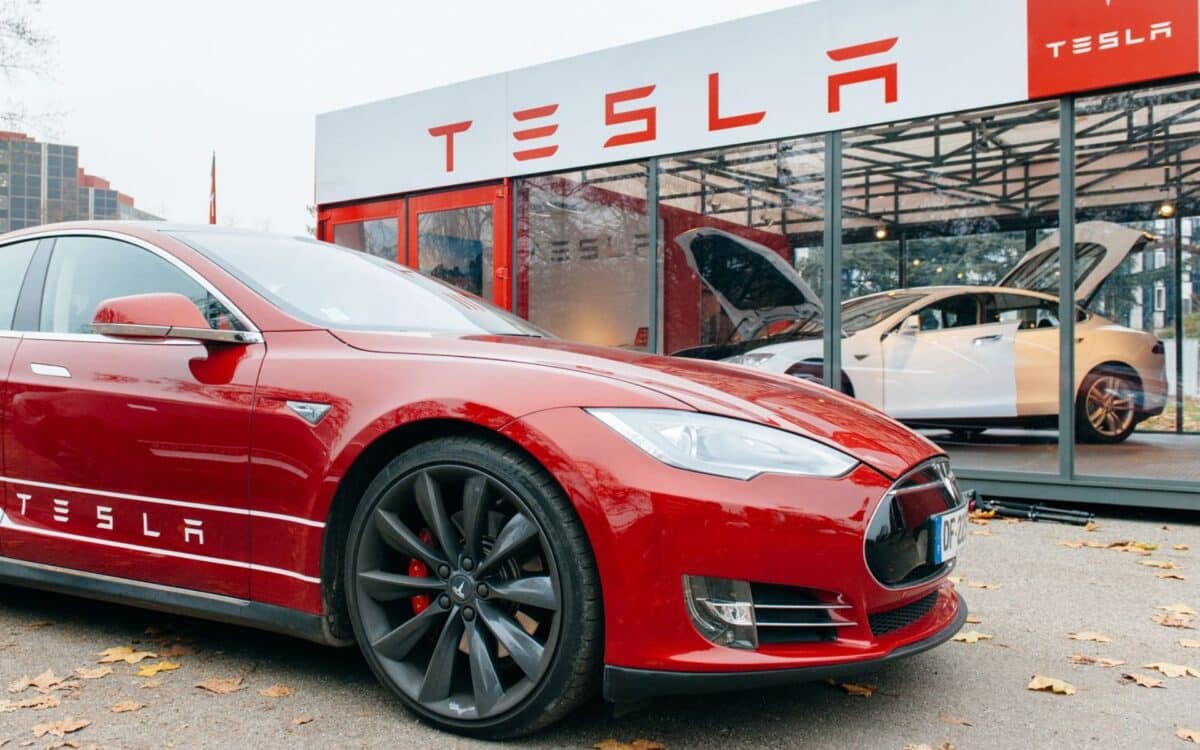Beginning June 1, 2025, HM Revenue and Customs (HMRC) has rolled out updated advisory fuel rates (AFRs) that will impact a wide range of company car users, including those driving petrol, diesel, liquefied petroleum gas (LPG), and electric vehicles.
These rates serve as the standard for calculating reimbursements to employees for business travel fuel expenses or repayments for private fuel usage in company cars.
According to GB News, these changes reflect ongoing adjustments to fuel costs and consumption patterns. The updated HMRC fuel rates form part of a quarterly review process that helps ensure mileage reimbursements remain aligned with current market conditions.
Understanding Advisory Fuel Rates and Their Impact
HMRC updates AFRs quarterly—four times a year—with the latest changes impacting reimbursements and taxable benefits.
These rates are crucial because if the mileage rate reimbursed is not higher than the AFR applicable to a vehicle’s engine size and fuel type, the employee incurs no taxable profit.
This avoids the need to pay Class 1A National Insurance contributions, a tax payable by employers on benefits in kind such as company cars.
The AFRs apply specifically to employees who use company cars for business travel or need to repay fuel for private journeys. Staying within or below these rates ensures compliance with tax and national insurance rules.
Detailed Advisory Fuel Rates From June 1, 2025
The June update shows reductions for petrol and diesel vehicles with larger engine sizes, while rates for LPG and electric vehicles remain unchanged. Here are the new rates per mile:
- Petrol
- Up to 1,400cc: 12p (unchanged)
- 1,401cc to 2,000cc: 14p (reduced from previous rate)
- Over 2,000cc: 22p (reduced)
- Diesel
- Up to 1,600cc: 11p (reduced)
- 1,601cc to 2,000cc: 13p (unchanged)
- Over 2,000cc: 17p (unchanged)
- Liquefied petroleum gas (LPG)
- Up to 1,400cc: 11p (unchanged)
- 1,401cc to 2,000cc: 13p (unchanged)
- Over 2,000cc: 21p (unchanged)
- Electric vehicles
- All engine sizes: 7p (unchanged)
The stable LPG rates reflect the smaller number of LPG vehicles on UK roads and its lower volumetric energy density compared to petrol, which translates to roughly 20% lower miles per gallon efficiency.
Calculation Methodology Behind the Rates
Petrol and diesel rates are derived from forecourt fuel prices published by the Department for Energy Security and Net Zero (DESNZ).
For electric vehicles, the AFRs are calculated using a combination of DESNZ price data, consumption rates from the Department for Transport (DfT), statistical data from the Office for National Statistics (ONS), and annual business car sales volumes.
This multi-source approach ensures the AFRs reflect real-world fuel and energy consumption.
Upcoming Updates and Related Developments
HMRC will update advisory fuel rates two more times in 2025: on September 1 and December 1. In 2026, further revisions are scheduled for March 1 and June 1, maintaining the quarterly review cycle.
Recent developments linked to these changes include new driving law regulations launching in June, which cover licence rules and HMRC updates.

Additionally, Tesla has supported plans for self-driving technology on UK roads following a confidential meeting. The government has also introduced a £20 million fund to incentivize motorists to switch to electric vehicles, aiming to phase out petrol vehicles.









